Description
Herb Marjoram – PICTORIAL Packet
Herb Marjoram – PICTORIAL Packet that is grown as an annual, forming an attractive mound of small leaved green sprigs. Velvety, grey-green, oval leaves have spicy aroma. Pungently flavoured leaves and young stem tips are used fresh or dried to flavour meats, poultry.
Cultivation Advice
- Marjoram thrives in warm climates and can be grown indoors or outdoors. Choose a sunny location for outdoor planting or a sunny windowsill for indoor growth.
- Start seeds indoors 6-8 weeks before the last expected frost for outdoor planting.
- Use well-draining soil rich in organic matter. Marjoram prefers slightly alkaline soil with a pH between 6.5 and 7.5.
- Amend the soil with compost or aged manure before planting to enhance fertility.
- Plant marjoram seeds shallowly, about 1/4 inch deep in seed-starting trays or small pots filled with potting mix.
- Keep the soil consistently moist but not waterlogged until the seeds germinate.
- Marjoram seeds typically germinate within 7-14 days when kept at temperatures around 70-75°F (21-24°C).
- Once seedlings emerge, ensure they receive adequate light. If indoors, consider using grow lights to supplement natural light.
- Transplant marjoram seedlings outdoors after the last frost date, spacing them about 12-18 inches apart in well-drained garden soil.
- For indoor cultivation, transplant seedlings into larger pots as they grow to prevent overcrowding.
- Water marjoram plants regularly, ensuring the soil remains evenly moist but not waterlogged. Aim to water at the base of the plant to avoid wetting the foliage.
- Marjoram generally doesn’t require heavy feeding. A balanced fertilizer or compost application in early spring can support healthy growth.
- Prune marjoram regularly to encourage bushier growth. Pinch off the top leaves to promote lateral branching and prevent legginess.
- Remove any dead or yellowing leaves to keep the plant healthy.
- Marjoram is relatively resistant to pests and diseases. However, monitor for issues like aphids or powdery mildew, and treat them promptly if observed.
- Harvest marjoram leaves as needed by snipping them from the top. Use fresh leaves in various culinary dishes, including soups, sauces, salads, and meat dishes.
- Apply a layer of organic mulch around marjoram plants to retain soil moisture, regulate temperature, and suppress weed growth.
- Regularly check the soil moisture and water as needed, especially during dry spells. Avoid letting the soil dry out completely.
- In regions with cold winters, marjoram is often grown as an annual. However, it can be overwintered indoors.
- Consider bringing potted marjoram indoors before the first frost. Place it in a sunny spot and protect it from drafts.
- Marjoram adapts well to container gardening. Use a pot with good drainage and a well-draining potting mix.
- Repot the plant into a slightly larger container as it grows to provide ample space for root development.
- Marjoram benefits from companion planting with vegetables like tomatoes, peppers, or eggplants. It can help repel pests and enhance the flavors of neighboring plants.
- To preserve marjoram leaves, air-dry them by hanging small bunches upside down in a well-ventilated area. Once dry, store the leaves in airtight containers.
- Alternatively, freeze fresh marjoram leaves by chopping them finely and placing them in ice cube trays with water or olive oil for future use.
- Allow a few marjoram plants to flower and produce seeds. Harvest the seeds once the flower heads dry out and turn brown. Collect and store them for replanting.
- Regularly trim or prune marjoram to encourage fresh growth and prevent it from becoming woody. Cut back leggy stems to encourage new growth.
- Explore diverse culinary uses for marjoram. Add it to herb blends, marinades, vegetable dishes, or use it as a garnish for its aromatic and slightly sweet flavor.
- Fresh marjoram leaves are at their peak flavor. Use them generously in your recipes to enjoy the herb’s delicate taste and aroma.

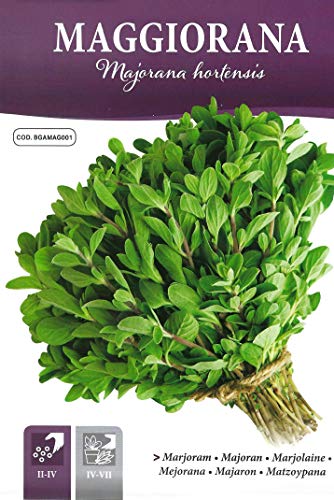
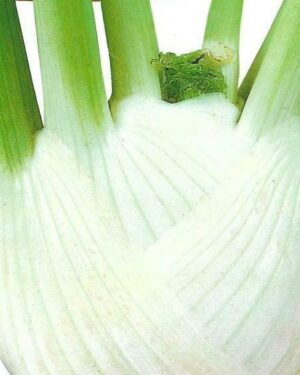
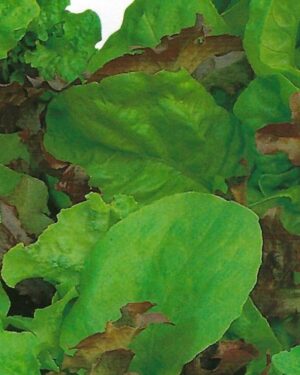

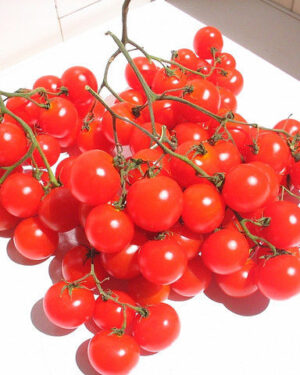
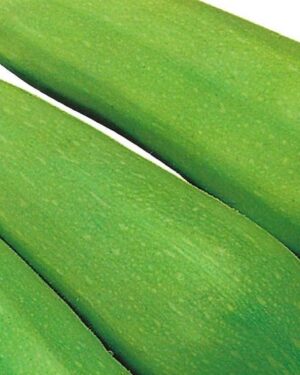
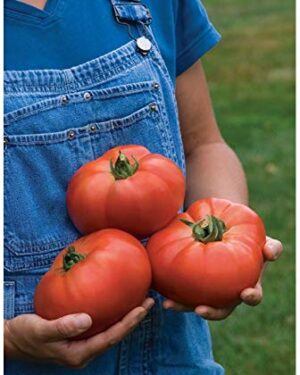
Reviews
There are no reviews yet.